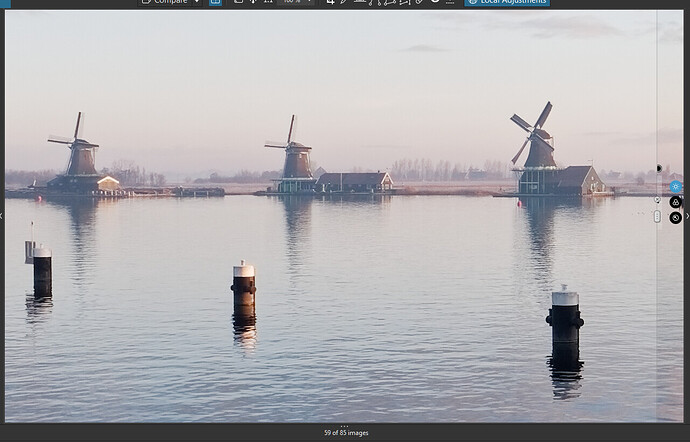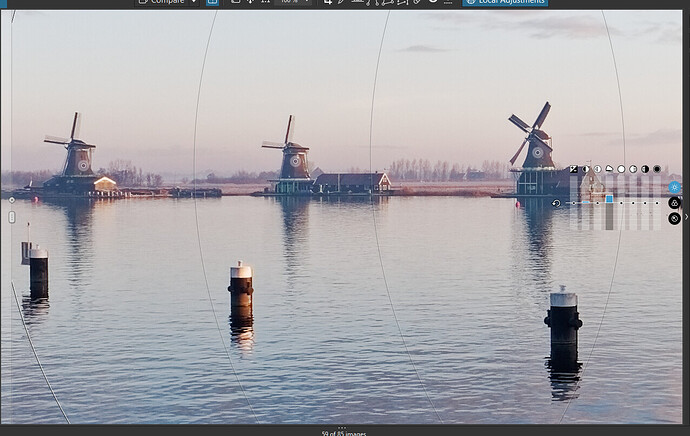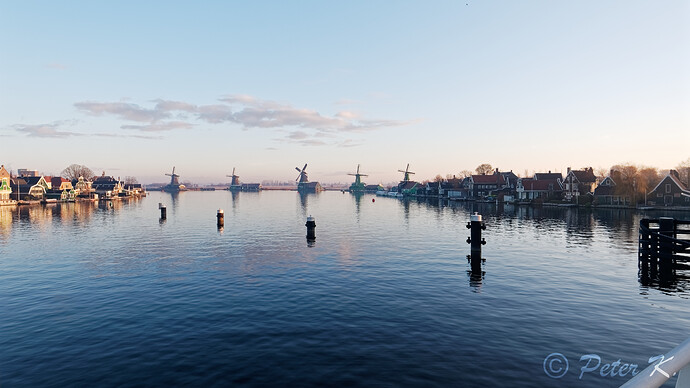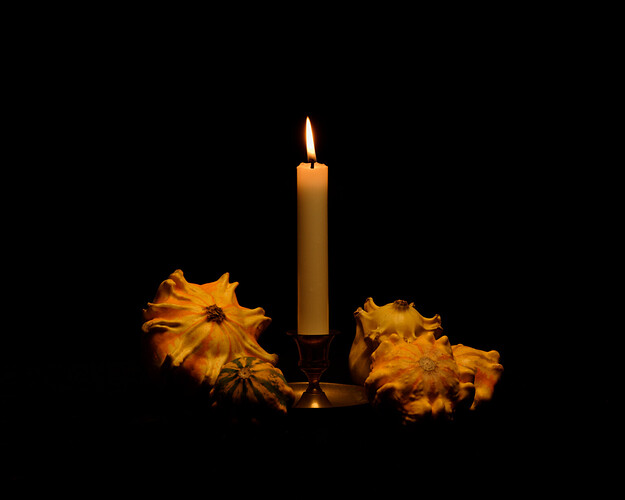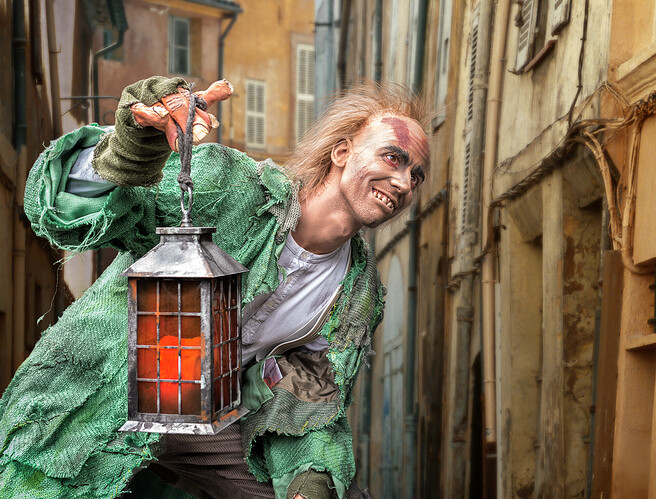Which then leads to questions about should an artist paint a photo-realistic image? Why poach on our (photographers) territory?
I tried to sell my photos in one gallery that sold mainly paintings and they refused them because they were not “painted”. They were very happy to charge a couple of hundred pounds for a photo-realistic painting but felt that a photo-realistic photo wasn’t worth even displaying, let alone asking more than a couple of tens of pounds.
One day, while I was in the gallery, someone came in and asked if they could photograph some of the paintings, in order that he could paint them himself!!! Presumably instead of paying for the “original”.
So, you can end up with a painting that is copied from a photo of a painting that is copied from…
Artists get away with re-composing the landscapes they are painting and nobody bats an eyelid. Why is it not allowed for photographers to improve their images?
Maybe you don’t feel comfortable with interpreting a photo to produce an image. But you have to ask yourself, when does manipulation start? The world is not monochrome but, until someone invented colour film, every photograph represented the world in black and white. Realistic? By no means.
It’s up to you what you do to an image but don’t forget that, if you really don’t want to manipulate what you shot in the camera, then just print up reams and reams of paper with the binary code that makes up a RAW image. After all, decoding that data depends on someone’s interpretation of how those bits and bytes should look when they hit the screen. hence the differences when you use different software to process RAW files.
If nobody told you that the Blaise Arnold shot was manipulated, would you have known? Or would you have accepted it as a beautiful image and admired the skill of the photographer who set everything up in one place at one time to press the shutter only once?
Even if an image is obviously manipulated, does it make it any less valid as the work of a skilled artist
Even if the photo was taken for journalistic purposes, does that preclude manipulation, if that manipulation is for the purpose of conveying something that could not be taken in one shot? Frank Hurley is famous for his portrayals of WW1 in which, being unable to capture the full horror in one shot, assembled several to get the point of the story over to people who could never imagine the true horror of a day in such a place.
Much closer to home…
Shot in a studio setting, this is a composite of two shots, blended in the camera - one with an overhead light to illuminate the candle holder and gourds, another, with no lights, for the candle flame. Does that count as skilled photography or photo illustration?
In all this, it’s great to discuss, not only technical, but sometimes ethical matters. And everyone is entitled to their opinion - even though I am always right 







